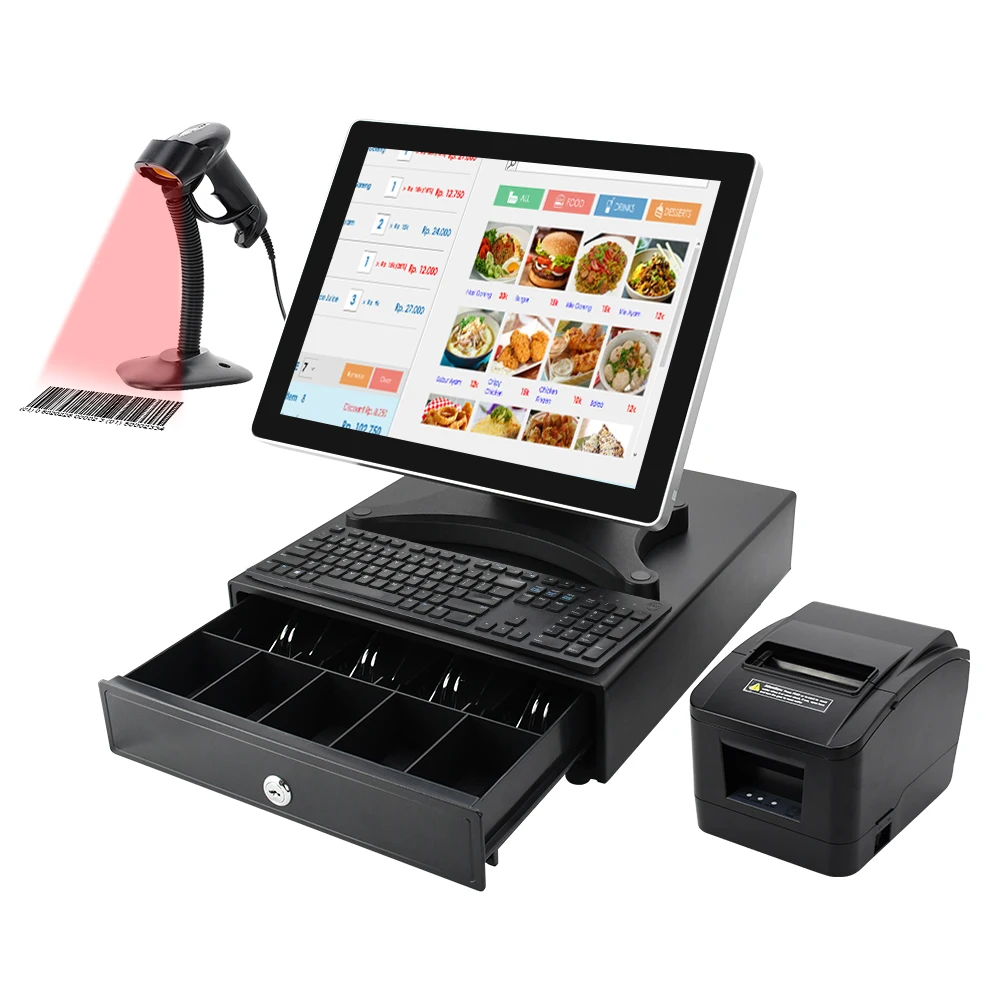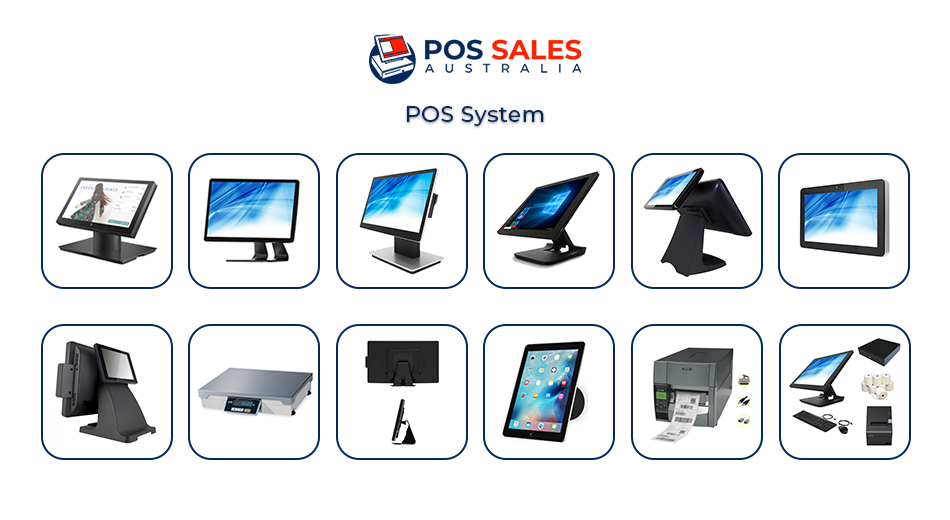How POS System Works: A Comprehensive Overview for Entrepreneur

Recognizing the Elements of a POS System

Just How Sales Transactions Are Processed
When a client decides to buy, the sales purchase initiates a series of methodical steps within the POS system. Initially, the cashier inputs the items being bought, which are checked via a barcode reader or manually gone into. This activity recovers item details, consisting of pricing and relevant tax obligations, from the system's database.Next, the client exists with the complete amount due. The POS system then processes the repayment, whether via money, bank card, or mobile payment methods (Restaurant POS Software). For digital settlements, the POS securely communicates with repayment processors to license and verify the transaction.Once the repayment is confirmed, the system produces a receipt, which can be printed or sent digitally. This receipt works as proof of acquisition for the client. The deal data is taped in the system, making sure accurate sales documents and economic monitoring for the company.
Supply Monitoring and Monitoring

Effective inventory monitoring and tracking are vital components of a POS system, as they guarantee that organizations keep perfect stock levels and reduce disparities. A robust POS system permits real-time inventory updates, showing sales and returns immediately. This enables local business owner to keep an eye on stock levels precisely, guaranteeing that preferred products are readily available while protecting against overstocking of much less popular products.Additionally, progressed POS systems use functions such as automatic stock alerts and reorder suggestions, simplifying the procurement procedure. Barcoding and RFID technology enhance accuracy in tracking inventory activity, lowering human error. Comprehensive reporting tools provide insights right into stock turn over prices, aiding services make educated decisions regarding acquiring and product offerings. Ultimately, efficient inventory management via a POS system not just improves operational efficiency however likewise boosts customer complete satisfaction by guaranteeing item accessibility.
Assessing Consumer Data and Insights
Customer information analysis serves as an effective tool for organizations utilizing a POS system (Restaurant POS Software). By analyzing and accumulating transaction data, organizations can discover beneficial understandings regarding consumer actions and choices. This evaluation enables them to recognize purchasing fads, peak buying times, and popular products, therefore notifying inventory choices and advertising strategies.Additionally, organizations can segment their consumer base, allowing for individualized advertising efforts that satisfy specific demographics or purchasing practices. Recognizing client commitment patterns likewise helps in establishing targeted benefits and promos programs.The data gleaned from a POS system can also expose insights right into customer responses, making it possible for businesses to make informed choices regarding product offerings and service renovations. Inevitably, leveraging consumer information effectively can enhance the total buying experience, foster client satisfaction, and drive income growth
Benefits of Implementing a POS System

Frequently Asked Questions
What Kinds of Companies Can Gain From a POS System?
Various organizations profit from a POS system, consisting of retailers, dining establishments, beauty salons, and ecommerce systems. These systems simplify transactions, inventory monitoring, and customer data, boosting functional efficiency and improving customer experience across varied industries.
Just how much Does a POS System Generally Cost?
The price of a POS system normally ranges from a couple of hundred to several thousand bucks, relying on functions, equipment, and software program. Companies should take into consideration ongoing charges for support, maintenance, and why not try this out transaction processing when budgeting.
Can I Incorporate a POS System With Existing Software?
Integrating a POS system with existing software program is frequently feasible. Many systems offer APIs or built-in compatibility attributes, permitting companies to streamline operations and enhance functionality by attaching various software program applications successfully.
What Training Is Required for Personnel to Use a POS System?
Educating for personnel to utilize a POS system usually includes understanding software program functionalities, processing transactions, managing stock, and handling client interactions. Practical demos and hands-on practice boost effectiveness and confidence in using the system effectively.
What Takes place if the Web Goes Down While Making Use Of a POS System?
Transactions might be interrupted if the net goes down throughout POS system usage. Numerous systems offer offline capacities, allowing standard operations to continue, yet full performance, consisting of real-time supply updates, will certainly be restricted. A Factor of Sale (POS) system is made up of a number of vital elements that work together to help with purchases and manage company procedures. Efficient inventory monitoring and monitoring are necessary components of a POS system, as they guarantee that businesses maintain optimal stock degrees and reduce discrepancies. Consumer information analysis offers as an effective device for organizations making use of a POS system. Comprehending consumer loyalty patterns also assists in developing targeted promos and incentives programs.The data amassed from a POS system can additionally expose insights into customer feedback, making it possible for organizations to make enlightened decisions concerning product offerings and solution enhancements. Carrying out a POS system provides numerous benefits that can considerably enhance organization procedures.